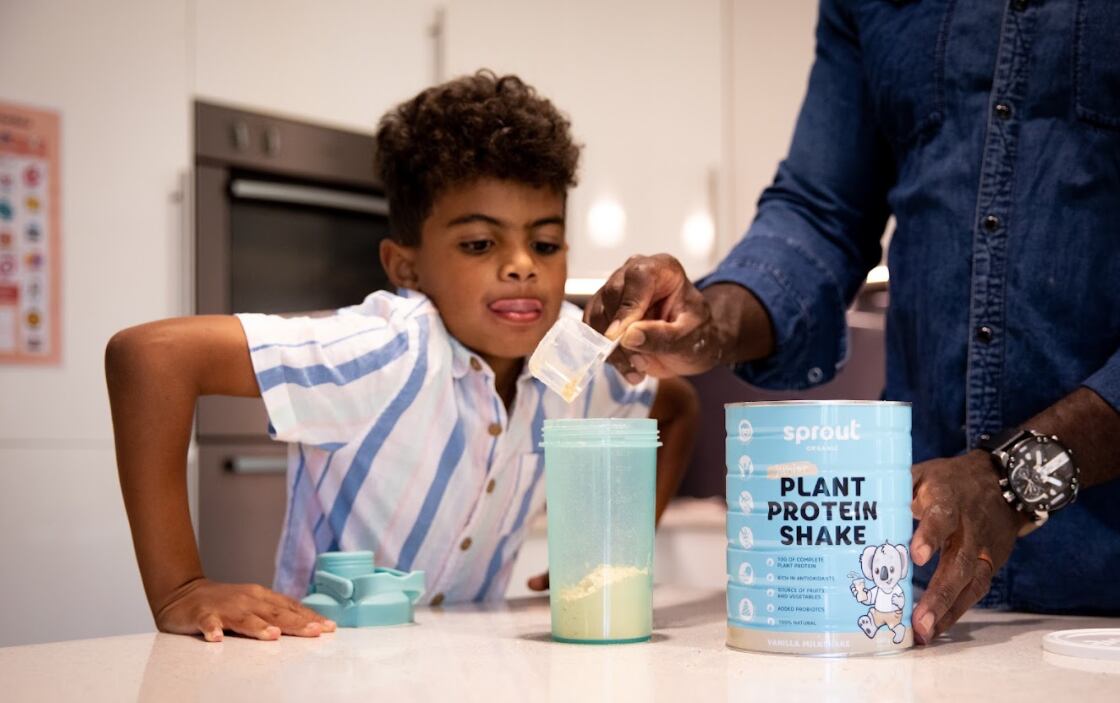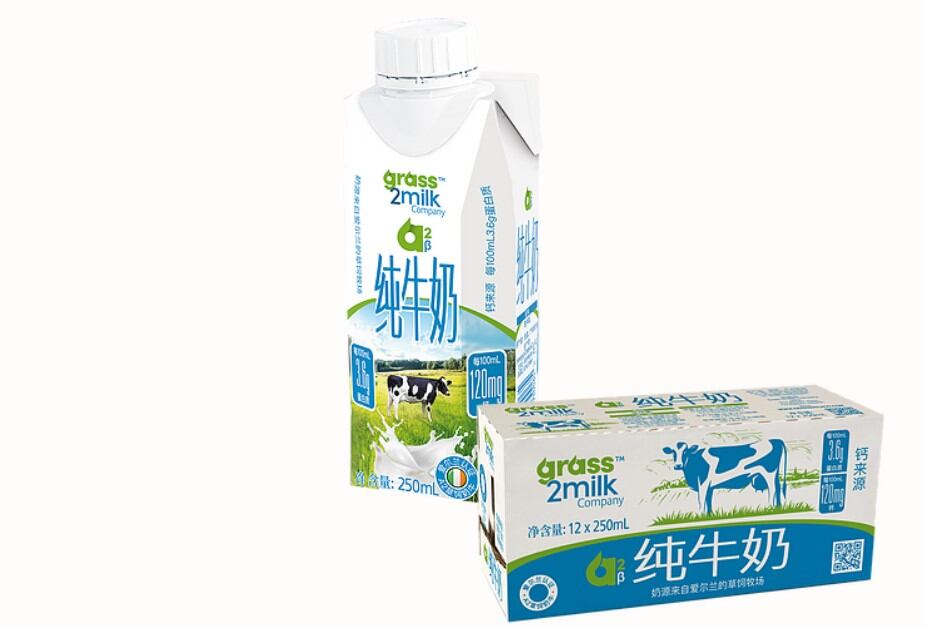This is according to a double-blind, randomised, controlled trial conducted in the Asian Hospital and Medical Center in Philippines.
The MOS-enriched infant formula has also improved the babies’ response to oral poliovirus vaccination.
Writing in The American Journal of Clinical Nutrition, the researchers pointed out that consumption of the MOS-enriched formula has shifted the gut microbiota of formula-fed infants closer to that of breastfed infants – even though no probiotics were used.
During the trial, 230 healthy-term infants aged 21 to 26 days received either 1) a cow milk-based formula or 2) the same formula containing 7.2g MOS per litre of the infant formula.
The MOS primarily composed of galacto-oligosaccharides and sialylated oligosaccharides which are structurally identical to those found in human milk.
These sialylated oligosaccharides contribute to the structural diversity of MOS, providing sialic acid and multifaceted monosaccharide linkage. Hence, they could potentially compete with pathogens for the binding sites on the gut epithelial cells, in turn preventing or reducing the adhesion of pathogens.
In this trial, the MOS were enzymatically derived from lactose-rich whey permeate.
Parents were advised to feed the formula to their babies as they deemed appropriate, based on their babies’ appetite, age, and weight.
The babies were fed with the formula until they turn six months old and their gut microbiota, faecal pH etc were compared with infants fed with breastmilk.
This trial was funded by Nestle Nutrition.
Result 1: Microbiota change
In infants fed with the MOS formula, their overall microbiota composition had changed to resemble that of the breastmilk-fed infants.
The change was characterised by an increase in the amount of Bifidobacterium.
At baseline, infants from both intervention and control groups had more Enterobacteriaceae and Streptococcaceae in their gut, while breastmilk-fed infants had more Bifidobacteriaceae.
At two-and-a-half and four months of age, infants from the intervention group had a higher proportion of Bifidobacteriaceae, similar to the breastmilk-fed infants.
Amongst the intervention group, B. longum subsp. longum, B. breve and B. dentium were stimulated, while B. longum subsp. infantis, B. bifidum and B. choerinum were significantly higher in the human milk fed infants.
“Adding MOS to infant formula had a strong effect on gut microbiota and our study is the first demonstrating a significant increase in bifidobacteria with an infant formula supplemented with MOS alone.
“The previously reported increases in bifidobacteria were for infant formulas with combined probiotics and MOS.
“Bifidobacterium species in the gastrointestinal tract of infants have been shown to metabolise galacto- or sialylated oligosaccharides. Their ability to utilise these oligosaccharides is however species or even strain specific,” the researchers explained.
“Higher abundances of B. dentium, B. longum subspecies longum, and B. breve in EG [intervention group] vs. CG [control group] suggest that strains of these (sub)-species can metabolise oligosaccharides present in MOS; thus, gaining a competitive advantage over other (sub)-species.”
On the other hand, the gut microbiota of babies in the control group was more diverse than the other two groups.
“Interestingly, staphylococcaceae and micrococcaceae, two typical taxa of the skin microbiota, were the main contributors to the separation between human milk fed infants and formula-fed infants, possibly explained by the close contact with the maternal skin during suckling,” the researchers added.
Result 2: Improvements in c-sec kids
The MOS formula also improved the gut microbiota of kids delivered via c-section, which is an important point to note, since gut microbiota dysbiosis is common in kids born via c-section.
“At 4 months, the gut microbiota composition of both, the EG vaginally- and caesarean-born infants, shifted towards that of HFI [human-milk fed infants], with Bifidobacteriaceae as the main driver.
“This suggests that MOS helps correct some of the well-documented dysbiosis in caesarean-born delivered infants, similarly as it has been reported for human milk,” the researchers said.
Result 3: Less pathogens
On the other hand, there were less pathogens observed in the gut microbiota of kids fed with MOS formula.
For example, at four months old, the counts of the pathogens Clostridioides difficile and Clostridium perfringens were about 90 per cent and 65 per cent lower in the intervention group as compared to the control group.
Result 4: Other observations
The MOS infant formula also brought about other changes, such as a lower faecal pH and lower faecal calcium excretion.
In terms of faecal pH, at age four months, the faecal pH of babies from the intervention group was about one pH unit lower than that of the control group.
In addition, the concentrations of total faecal organic acids, lactate, acetate were also higher in the intervention group and comparable to that of breastmilk-fed infants.
On the other hand, the MOS infant formula had shown to improve calcium absorption.
For instance, babies from the intervention group had about 30 per cent lower faecal calcium excretion as compared to the control group.
“Interestingly, lower calcium excretion was correlated with higher bifidobacterium relative abundance at four months of age…indicating improved calcium solubility and absorption in EG and HFI,” the researchers explained.
The higher Bifidobacterium count in the intervention group was also associated with a higher amount of faecal secretory immunoglobulin A (slgA).
The intervention group’s slgA was two times higher than the control group, while infants fed with breastmilk had the highest slgA concentration.
The slgA plays an essential role in protecting against antigens, toxins, and potential pathogens.
“The 2-times higher sIgA concentration in EG at 4 months of age is possibly linked to the increase in bifidobacteria which have been shown to interact with human immune cells and to modulate innate and adaptive immune processes.
“Our study indicates that MOS alone without probiotics can also substantially increase sIgA. To which extent MOS directly contributed to the sIgA increase is uncertain. Sialylated oligosaccharides in MOS may have contributed to the increase in sIgA through a proposed immunomodulatory action.”
Result 5: Poliovirus vaccination
Lastly, the MOS formula had led to better responses to oral poliovirus vaccination.
For instance, faecal oral polio vaccine-specific lgA was about 50 per cent higher in the intervention group as compared to the control group.
“Gut microbiota may influence vaccine responses indirectly by affecting development of T cells or by its metabolic products, such as acetate, as indicated in mice models,” the researchers explained.
Source: The American Journal of Clinical Nutrition
Term infant formula supplemented with milk-derived oligosaccharides shifts the gut microbiota closer to that of human milk-fed infants and improves intestinal immune defense: A randomized controlled trial
DOI: 10.1093/ajcn/nqab336
Authors: Estorninos E et al




